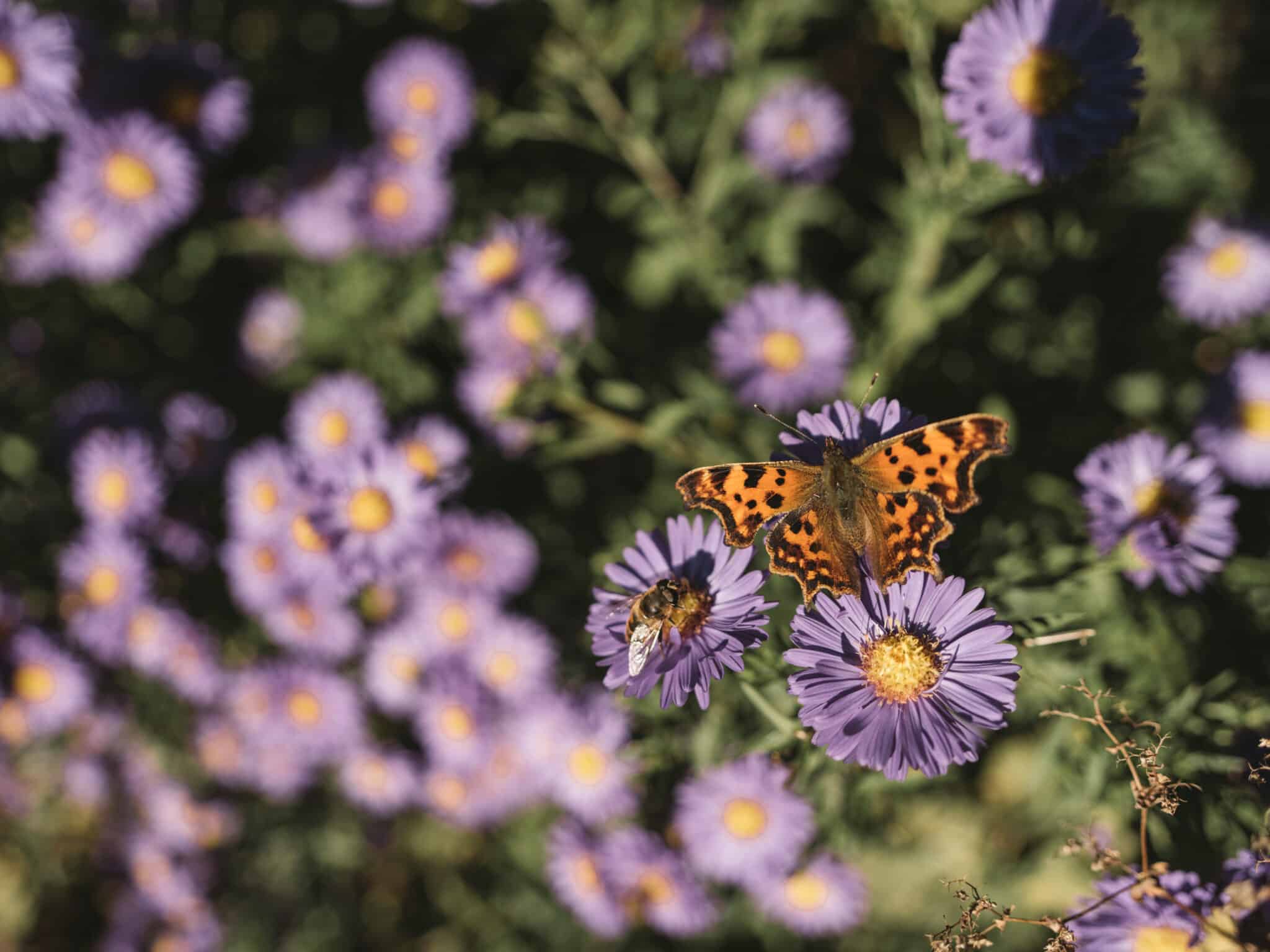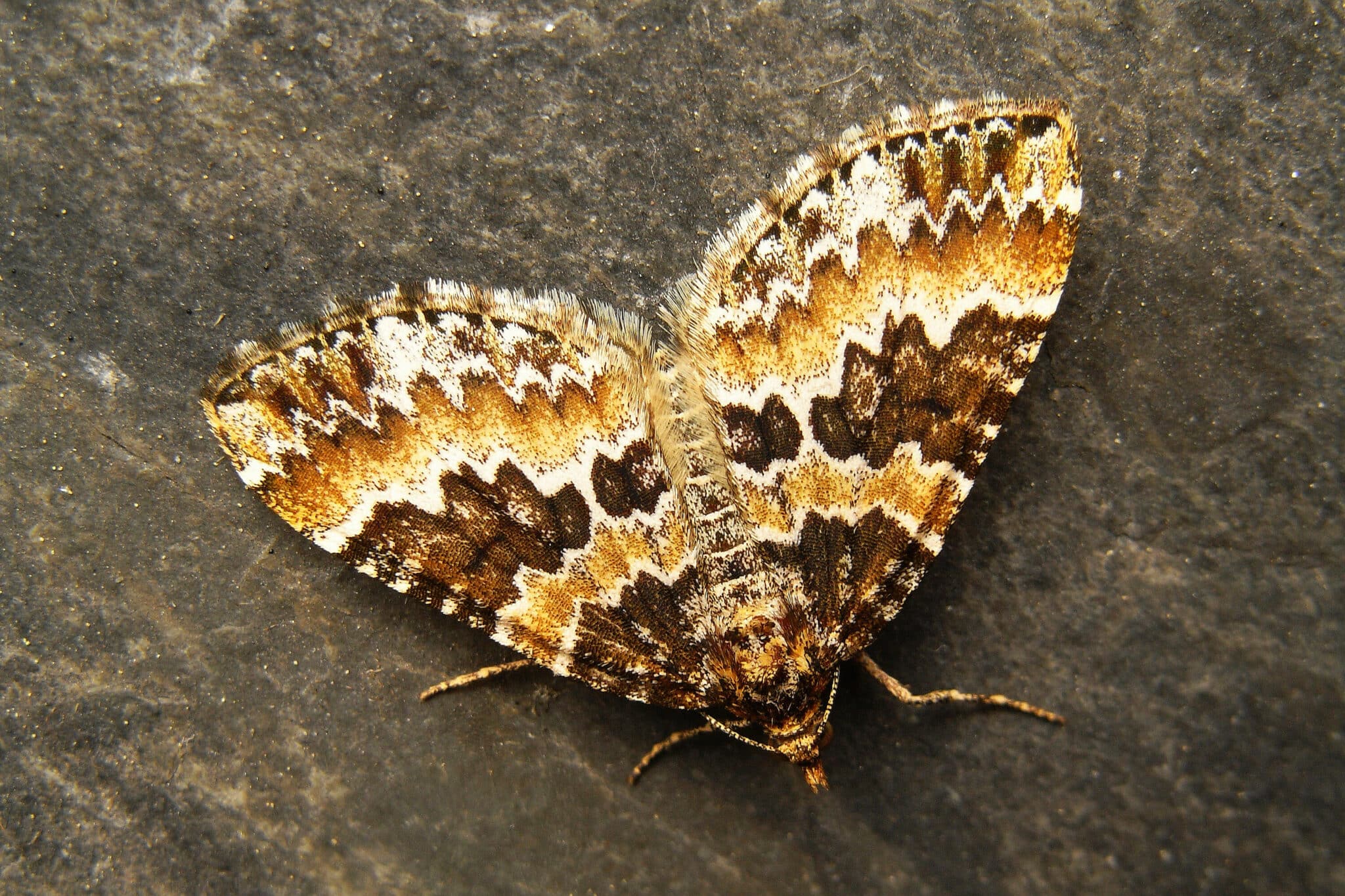


We humans often associate avalanches with destruction, death and ruin. For nature, however, avalanches are also a guarantee for biodiversity. They keep special habitats open, thus ensuring flower-rich locations and bring forth diverse life in addition to the apparent danger to our infrastructure. For example, 732 butterfly species have been documented in the Kalktal, an avalanche gully leading from the Tamischbachturm towards Hieflau. Of these, 67 of the 100 butterfly species found in the Gesäuse National Park.
"Warmth-loving species that normally do not occur in the mountains but only in southern Styria can also be found here in the Kalktal, and nowhere else in the National Park, because of the special location. Everywhere else is simply too cold," reports Christina Remschak, zoologist and ranger in the Gesäuse National Park. "A particularly exciting species for me is the thyme ant-blue. In addition to thyme as a food plant for the young caterpillars, it also needs a special type of ant for its further development. The older caterpillar lets itself enter the ants' burrow and feeds there on the ants' brood, which is tolerated by the ants thanks to sophisticated chemical camouflage with scents. The finished butterfly hatches in the early hours of the morning, when the ants are even slower, because after hatching it loses its camouflage and has to flee quickly. This biodiversity of butterflies is not limited to the daytime, however, but also extends to the night," Remschak continues.
These wonders of nature are only made possible because avalanches can go down in winter and thus forestation cannot progress. The infrastructure that is vital for humans is protected in the valley area in the example of the Kalktal. In the Gesäuse National Park, natural events are allowed to take place as far as possible without human interference and are thus also a source of life.
If you would like to learn more secrets about the 1234 butterfly species from the Gesäuse National Park, we recommend the hike "Butterfly Diversity".
Butterfly Diversity Hike
Saturday, 25 June - 9 am
Meeting point: Köhlerzentrum Hieflau
Duration: 5 hours
More info: https://nationalpark-gesaeuse.at
General press enquiries:
Andreas Hollinger, Tel: 0664-82 52 305
Photos:
Download link: https://nationalpark-gesaeuse.at/service/presse/
Rights notice: Use exclusively for reports in connection with this press release and with citation of the image rights. Any other use of the image material requires the consent of Gesäuse National Park GmbH.